Three books chart the rise, impact, and scope of virtual worlds
Love them or hate them, virtual worlds are here to stay; and three new books explore their charms and challenges
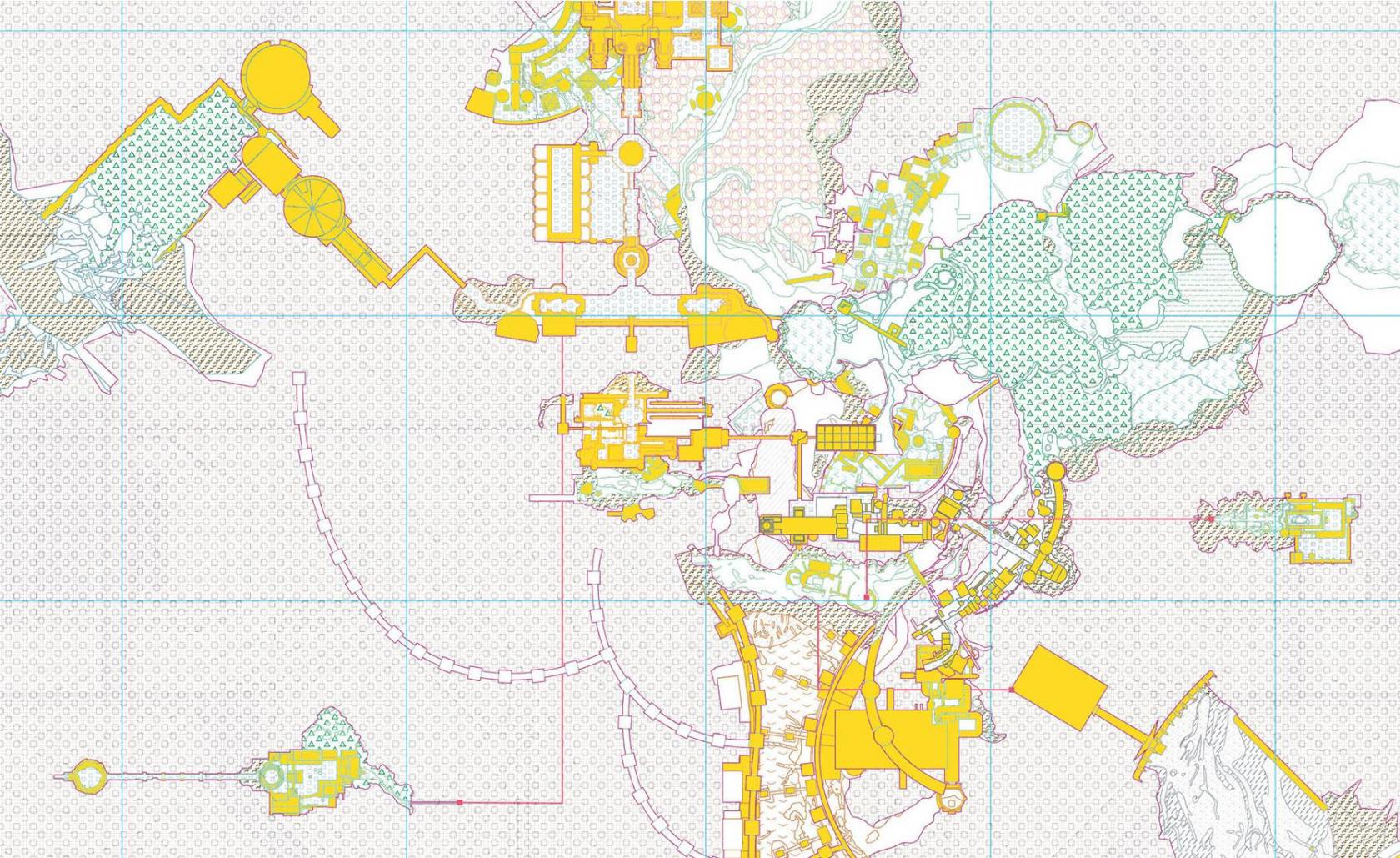
The ongoing blending of real and virtual worlds is causing all sorts of predictable challenges, as opportunities to reshape spaces from scratch come up against existing real-world prejudices and limitations. The metaverse is not without its critics, many of whom are making pioneering ventures into its unforged landscape in order to challenge these presumptions – the recent ‘Worldbuilding’ exhibition (which explores how artists can embrace and subvert the visual language and culture of video games) is a case in point.
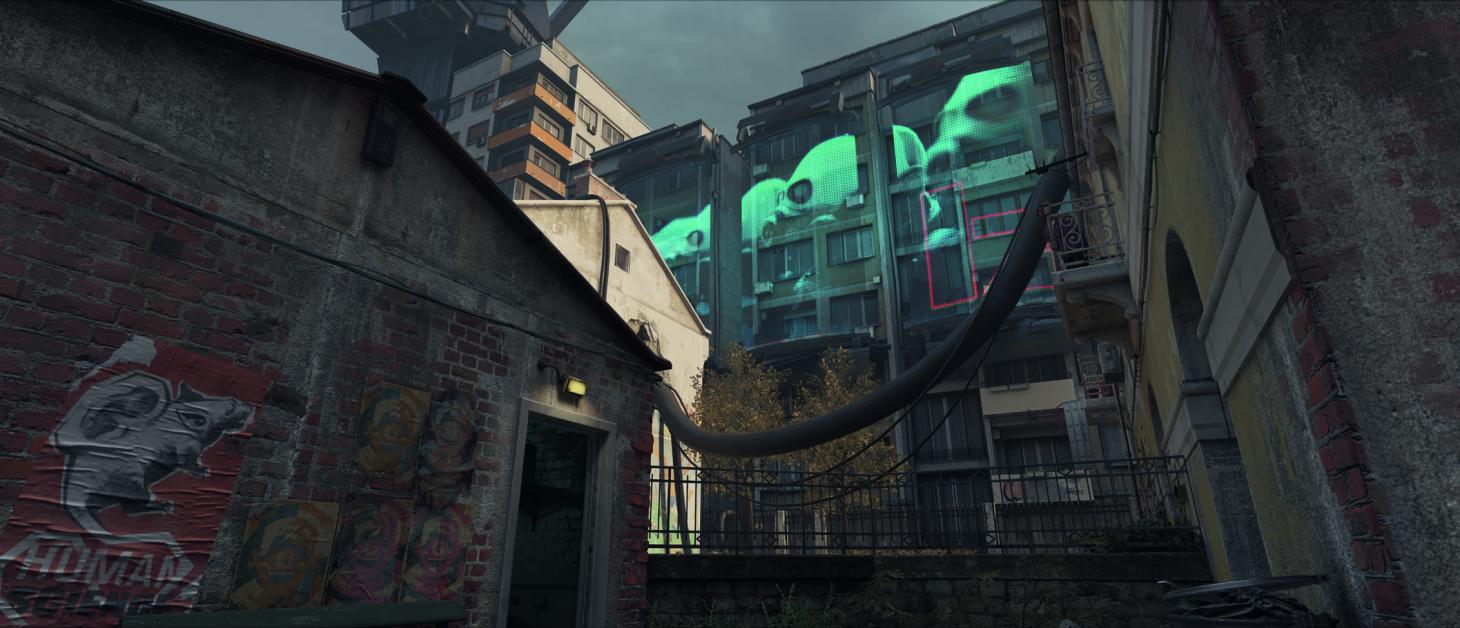
A dystopian cityscape from Half-Life: Alyx, taken from Making Videogames
Video games have been bridging this gap for decades. These worlds also offer unbridled escapism, creating landscapes that live on in our heads long after we’ve put down the controller. These three new titles – physical books, no less – are explorations of how these spaces are shaped and what sort of emotional imprint they leave behind. If you’re mindful of the scope and role of the projected metaverse, remember that video games have already helped shape the spatial perception of several generations of gamers.
To the contemporary city dweller without outside space, spare time, or transportation, a console or PC is a primary form of escapism. These aren’t good things, necessarily, but the emotional heft of an immersive video game doesn’t care if the wind rustling through grass or the rippling reflection of neon in a puddle is real or not; the brain tends to treat it in much the same way.
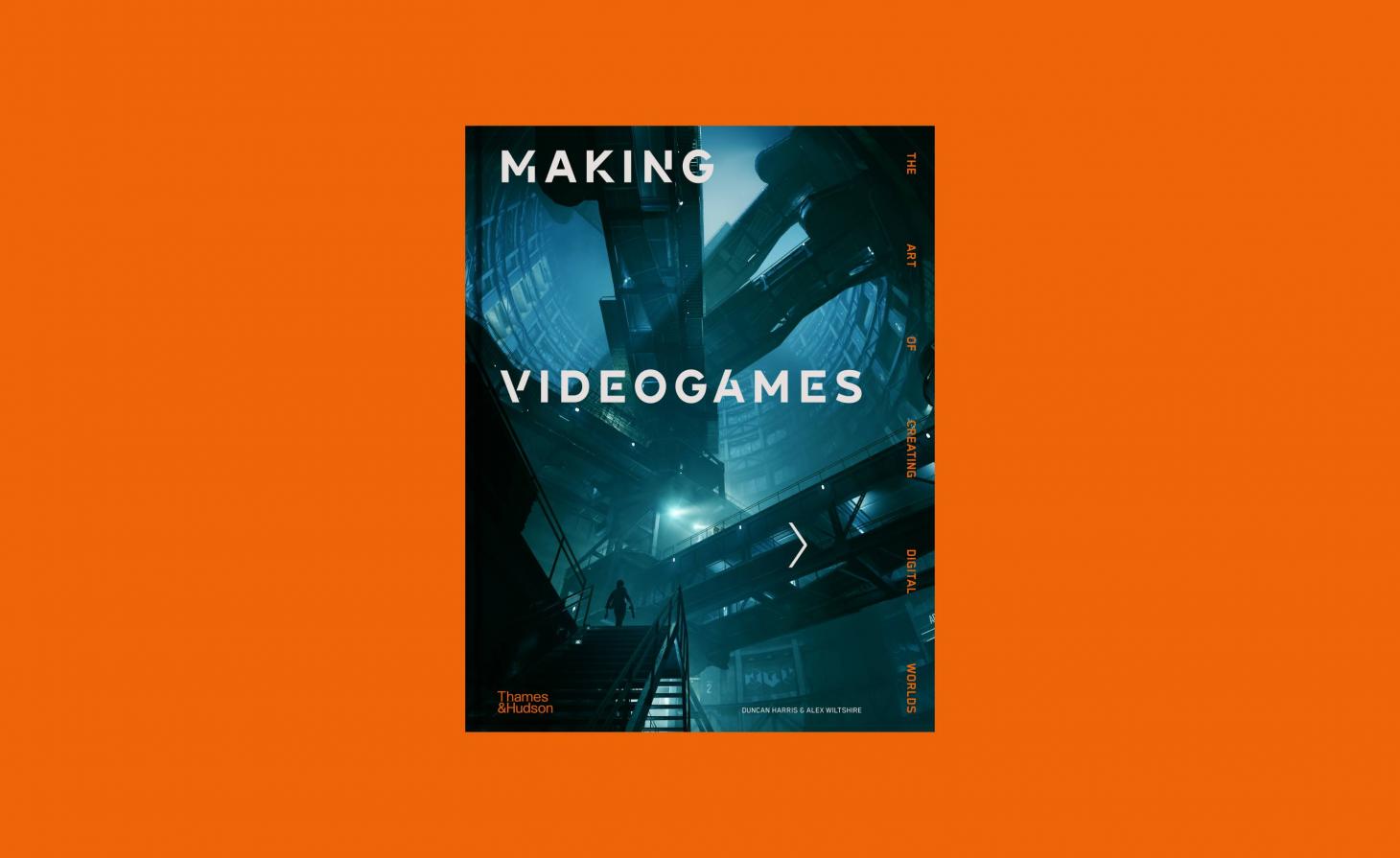
Making Videogames: The Art of Creating Digital Worlds, by Duncan Harris and Alex Wiltshire
Thames & Hudson’s Making Videogames starts with the premise that ‘video games are a visual art’. It’s hard to disagree as we follow the authors’ journey through 12 different examples, revealing the sheer depth of content, research, and craft required to shape the modern game environment.
The influence of cinema is immediately apparent in almost all these case studies, but while ever-accelerating computing power increases photo-realism, it also throws up new complexities and opportunities.
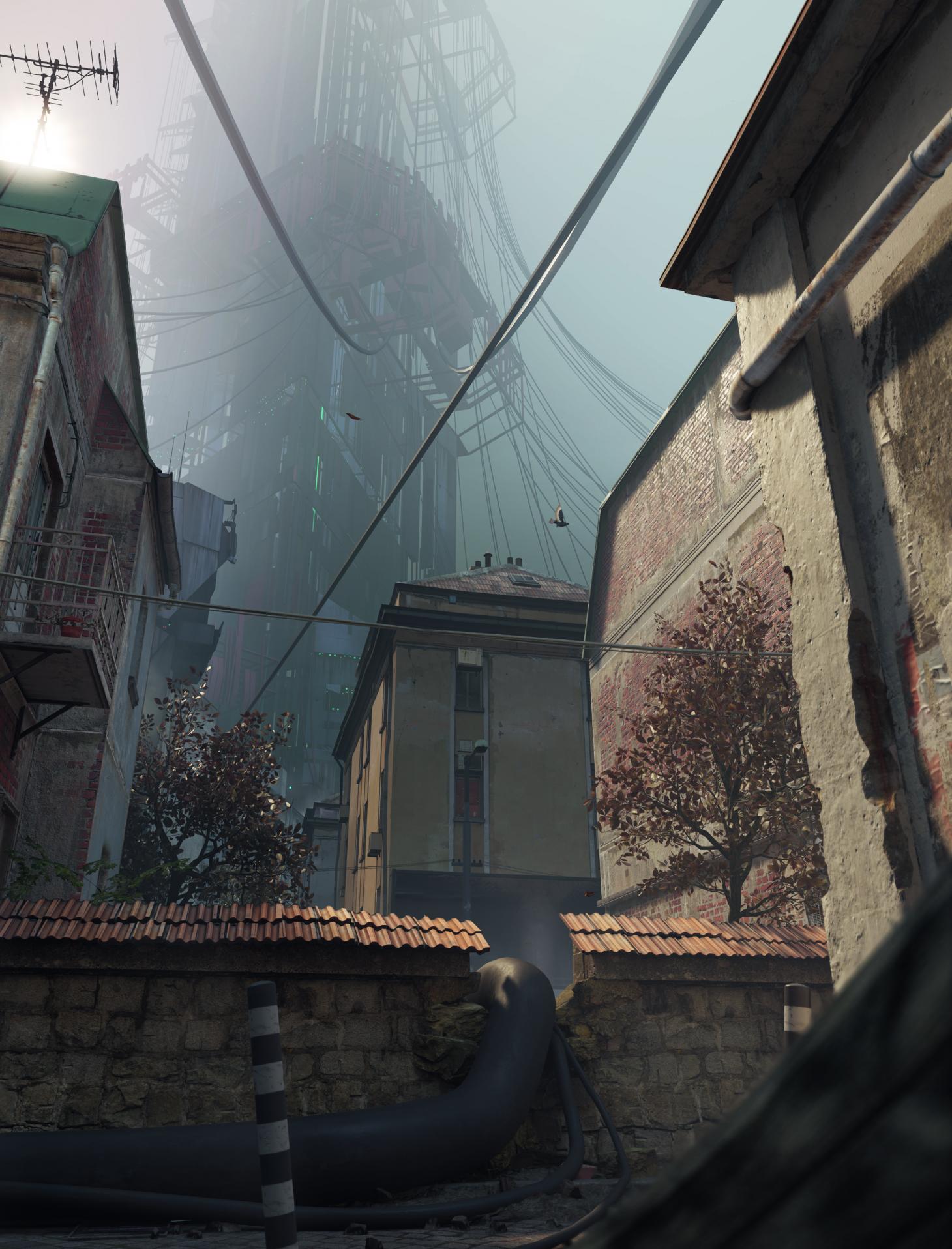
A dystopian cityscape from Half-Life: Alyx, taken from Making Videogames
Authors Duncan Harris and Alex Wiltshire show how advances in lighting, physics, and procedural generation – using a set of predefined parameters to create limitless new content – continue to open up whole new universes. The planets of No Man’s Sky, for example, are a riot of colour and form that evoke the science fiction art of the 1960s and 1970s; the game’s algorithm determines their landscape, palette, flora, and fauna, with over 18 quintillion variations. The game’s universe is, to all intents and purposes, as infinitely vast as our own.
Making Videogames also dives into gaming architecture, from the neo-brutalism of Control’s awe-inspiring interiors to the post-apocalyptic cityscapes of Half-Life: Alyx. There are also digressions on changing approaches to style, as processing power unleashes an unlimited palette of visual approaches, be they retro, hyper-realistic, animé, painterly, or many more.
Wallpaper* Newsletter
Receive our daily digest of inspiration, escapism and design stories from around the world direct to your inbox.

The limited edition of Videogame Atlas, by Luke Caspar Pearson and Sandra Youkhana
Video game worlds are approached from a different tack by architectural designers Luke Caspar Pearson and Sandra Youkhana. Their Videogame Atlas (available as a limited-edition slipcased volume for now, but soon to be published by Thames & Hudson) takes a very technical approach to the vast environments of the modern video game.
Through maps, charts, diagrams, and drawings, Pearson and Youkhana make an equivalence between virtual realms and the built environment, subjecting them to rigorous spatial analysis.
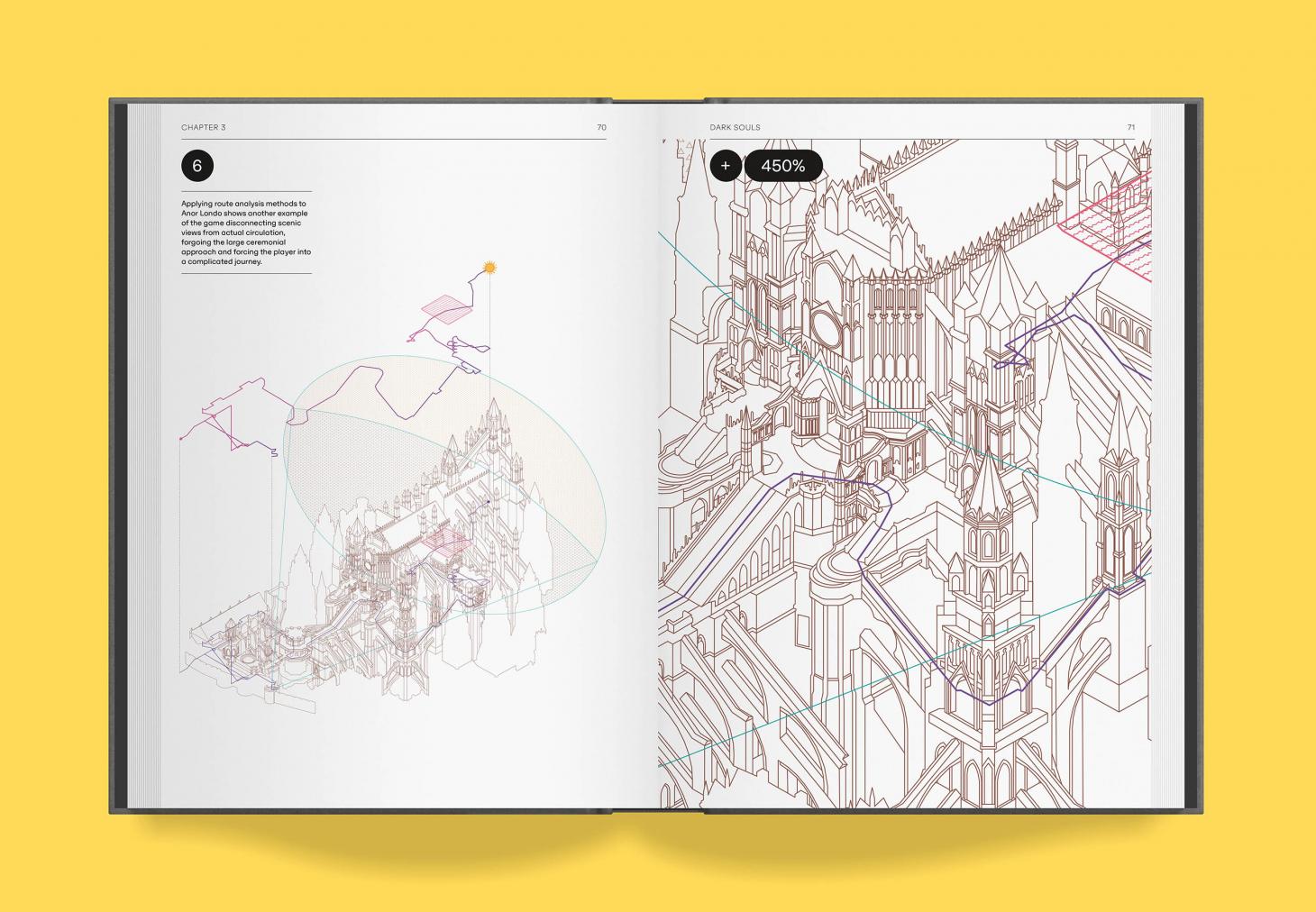
The architecture of Dark Souls, from Videogame Atlas, by Luke Caspar Pearson and Sandra Youkhana
The 12 featured games include No Man’s Sky, Hideo Kojima’s cinematic epic Death Stranding, and Assassin’s Creed Unity, one of an ongoing series of historical adventures that are routinely praised for their forensic level of detail and ability to evoke past historical eras.
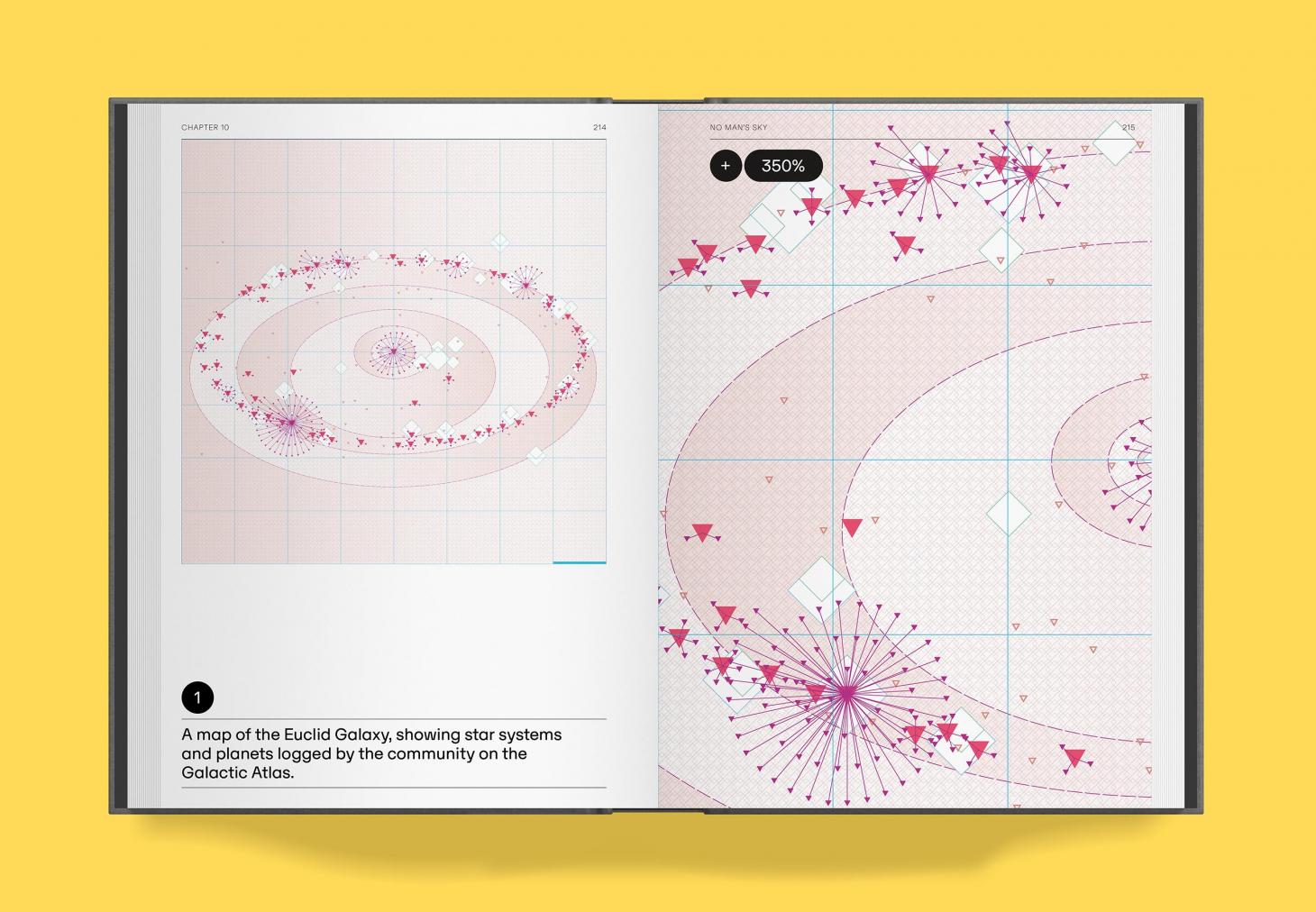
A galaxy map from No Man's Sky, from Videogame Atlas, by Luke Caspar Pearson and Sandra Youkhana
Finally, there’s Genius Loci, a forthcoming memoir/travelogue by the writer and award-winning landscape designer Rob Dwiar. Rather than focus on architecture or topography, Dwiar is looking to place video game landscapes in the historical tradition of taming nature, treating game designers as if they were contemporary versions of Capability Brown, Gertrude Jekyll, or Dan Pearson.
Instead of moving mountains, today’s game designers push pixels, ‘grow’ virtual trees, and shape vistas that can be romantic, menacing, or both.

Genius Loci, by Rob Dwiar, forthcoming from Unbound
Just as we carry mental maps of places we’ve been in real life, the virtual spaces of video games can also persist in the mind.
As games become ever more sophisticated and immersive, these boundaries and borders will continue to blur.
INFORMATION
Making Videogames: The Art of Creating Digital Worlds, by Duncan Harris and Alex Wiltshire, Thames & Hudson, £25, ThamesandHudson.com
Videogame Atlas, by Luke Caspar Pearson and Sandra Youkhana, Volume, £75, Vol.co (Thames & Hudson will publish a hardcover edition in October 2022)
Genius Loci, by Rob Dwiar, Unbound, unbound.com
Jonathan Bell has written for Wallpaper* magazine since 1999, covering everything from architecture and transport design to books, tech and graphic design. He is now the magazine’s Transport and Technology Editor. Jonathan has written and edited 15 books, including Concept Car Design, 21st Century House, and The New Modern House. He is also the host of Wallpaper’s first podcast.
-
 Japan in Milan! See the highlights of Japanese design at Milan Design Week 2025
Japan in Milan! See the highlights of Japanese design at Milan Design Week 2025At Milan Design Week 2025 Japanese craftsmanship was a front runner with an array of projects in the spotlight. Here are some of our highlights
By Danielle Demetriou
-
 Tour the best contemporary tea houses around the world
Tour the best contemporary tea houses around the worldCelebrate the world’s most unique tea houses, from Melbourne to Stockholm, with a new book by Wallpaper’s Léa Teuscher
By Léa Teuscher
-
 ‘Humour is foundational’: artist Ella Kruglyanskaya on painting as a ‘highly questionable’ pursuit
‘Humour is foundational’: artist Ella Kruglyanskaya on painting as a ‘highly questionable’ pursuitElla Kruglyanskaya’s exhibition, ‘Shadows’ at Thomas Dane Gallery, is the first in a series of three this year, with openings in Basel and New York to follow
By Hannah Silver
-
 Ten contemporary homes that are pushing the boundaries of architecture
Ten contemporary homes that are pushing the boundaries of architectureA new book detailing 59 visually intriguing and technologically impressive contemporary houses shines a light on how architecture is evolving
By Anna Solomon
-
 Take a deep dive into The Palm Springs School ahead of the region’s Modernism Week
Take a deep dive into The Palm Springs School ahead of the region’s Modernism WeekNew book ‘The Palm Springs School: Desert Modernism 1934-1975’ is the ultimate guide to exploring the midcentury gems of California, during Palm Springs Modernism Week 2025 and beyond
By Ellie Stathaki
-
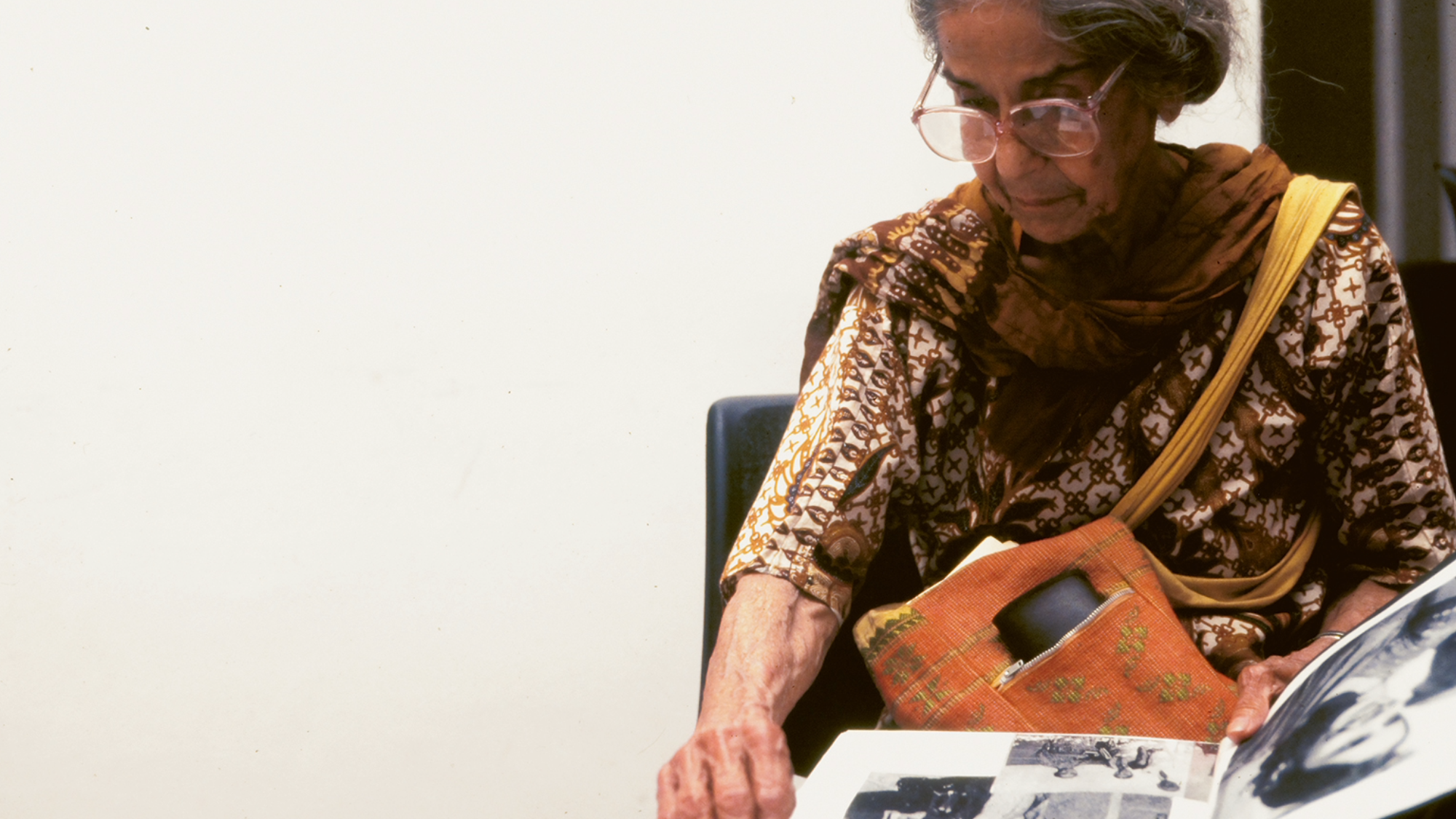 Meet Minnette de Silva, the trailblazing Sri Lankan modernist architect
Meet Minnette de Silva, the trailblazing Sri Lankan modernist architectSri Lankan architect Minnette de Silva is celebrated in a new book by author Anooradha Iyer Siddiq, who looks into the modernist's work at the intersection of ecology, heritage and craftsmanship
By Léa Teuscher
-
 'Tropicality' explored in Indonesian architect Andra Matin’s first monograph
'Tropicality' explored in Indonesian architect Andra Matin’s first monograph'Tropicality' is a key theme in a new book on Indonesian architect Andra Matin, whose work blends landscape, architecture and living
By Harriet Thorpe
-
 ‘A Time ⋅ A Place’ is a lovingly compiled photographic portrait of cars and architecture
‘A Time ⋅ A Place’ is a lovingly compiled photographic portrait of cars and architecture‘A Time ⋅ A Place’ is a celebration of the European Car of the Year and changing perceptions of modern design, pairing the best buildings of the age with their automotive contemporaries
By Jonathan Bell
-
 Álvaro Siza’s new monograph through the lens of Duccio Malagamba is impactful and immersive
Álvaro Siza’s new monograph through the lens of Duccio Malagamba is impactful and immersiveÁlvaro Siza and photographer Duccio Malagamba collaborate on a new monograph by Phaidon; ‘Before / After: Álvaro Siza Duccio Malagamba’ celebrates the Portuguese architect's work
By Michael Webb
-
 Marcio Kogan’s Studio MK27 celebrated in this new monograph from Rizzoli
Marcio Kogan’s Studio MK27 celebrated in this new monograph from Rizzoli‘The Architecture of Studio MK27. Lights, camera, action’ is a richly illustrated journey through the evolution of this famed Brazilian architecture studio
By Jonathan Bell
-
 ‘Interior sculptor’ Christophe Gevers’ oeuvre is celebrated in new book
‘Interior sculptor’ Christophe Gevers’ oeuvre is celebrated in new book‘Christophe Gevers’ is a sleek monograph dedicated to the Belgian's life work as an interior architect, designer, sculptor and inventor, with unseen photography by Jean-Pierre Gabriel
By Tianna Williams